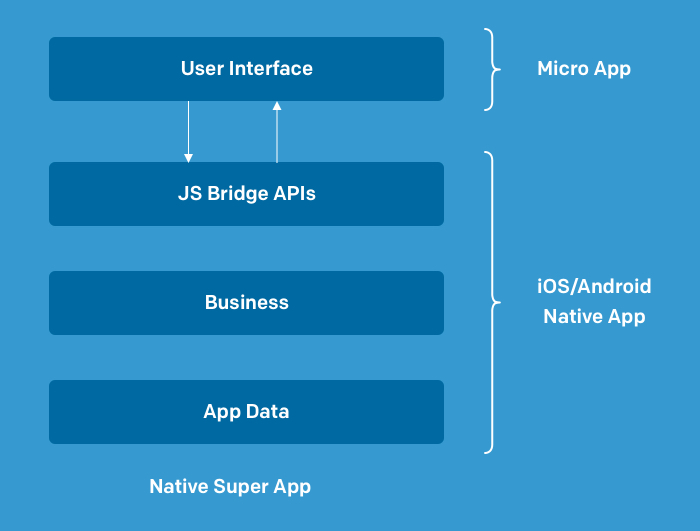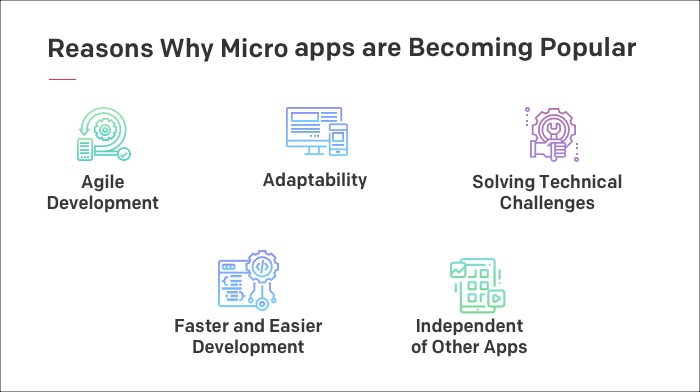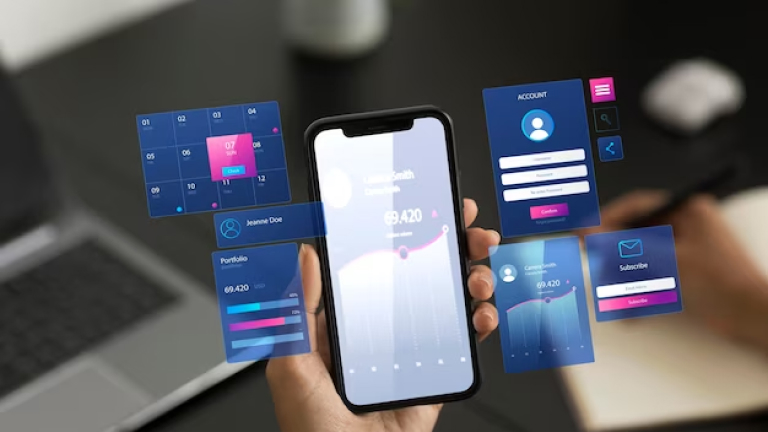A mobile app’s main purpose has always been to provide consumers with a richer, quicker, and simpler experience on mobile devices for which they don’t have to access websites, desktop apps or online services. However, to stay ahead of the competition, businesses today tend to develop an all-rounder app of sorts, loaded with features that might not add value or be of any help to the user with a crisp & focused solution. A mobile app that is loaded with unnecessary features imposes several challenges.
Functionality Concerns
Most businesses continue to add more functionalities to their mobile apps, making them massive in size, sluggish to load and difficult to use. Today, in most cases, mobile apps are nothing more than a condensed replica of an existing website, online service or desktop application. This results in a large, complex application that occupies a lot of storage space in devices and is eventually uninstalled from the device after just a day or two.
Lack of a Seamless User Experience
The main reason why users install mobile apps is to save time from a website performing the same function. They are in a hurry and thereby want the app to resolve their issues quickly. Unfortunately, due to being loaded with several unnecessary features, mobile apps struggle to provide users with a simple user experience and pose numerous challenges such as, difficult to access features, prolonged load time & process-driven registration and performance issues.
Soaring App Development Costs
Due to the feature and functionalities overload, the app development costs soar high due to which most companies are unable to stick to the assigned budget. Consequently, in the production phase, many apps are abandoned, and never reach the app store.
Fail to Run on All Devices
Users today expect more due to highly flexible, dynamic and disruptive technology. Within a span of 10 minutes, the user may need to access his/her smartphone, tablet & laptop. This makes it imperative for apps to function seamlessly across all devices.
To address these challenges and in the pursuit of creating enriching app experiences the technology world is exploring a brand new phenomenon in the business and mobile app development space: micro apps. Micro apps are tailor-made applications based on HTML which aim to reach a specific goal. They are compact, highly focused on the target audience, and extremely user friendly. Though relatively new entrants in the technology space, these compact tools have gained immense popularity among users, developers and companies alike.
Facebook announced in May 2019 that it would blend the Facebook app, Messenger, WhatsApp, and Instagram functions to create a super app. Around the same time, Google said its micro apps feature was tested in the Search and Google Assistant apps.
Google is now experimenting with a solution that offers some of an app’s best features without taking over all of its phone storage. According to VentureBeat, the concept called micro apps is a new feature of Google Search and Google Assistant.
Micro apps essentially aim at distilling the best of the regular app’s experience while getting rid of the worst — one of them being the trouble of visiting app stores and waiting for apps to be downloaded.
Micro programs are small applications running in a super app. These micro programs operate essentially as a separate mobile app; except that they work alongside another larger app.
Principles behind the Microservices Architecture
Microservices have been around for several years, and many organizations are beginning to benefit from these small, autonomous, independently deployable and easy to maintain code blocks. Even the front-end development can also benefit from building them into independently deployable blocks of code, rather than a single monolithic app.
It’s relatively simple – by emulating the microservices approach and applying it to a frontend application and thereby splitting the frontend monolith into many different apps. They are also organized around specific business capabilities that make them a perfect candidate to work with micro apps, something that we will explore further in this article.
A micro app is just like any other application on your mobile device, except that it is far more focused and efficient in performing a given task. In software terms, we often think of the principle of single responsibility, which means to perform only one function, and do it well. Micro apps take this single responsibility principle and apply it to the creation of mobile experiences.
The value to the consumer is obvious. We can focus on delivering exactly what the consumer needs, without the unnecessary overheads.
Solution overview:

What is a Micro app?
A micro app is an HTML-based, small in size and customer-oriented, built to perform, specific functionality with a simple user interface. Unlike a feature-rich mobile application, the micro apps have limited functionality and let users interact, perform the specific task and leave the app with maximum efficiency.
Micro apps help consumers in providing precise features and make it very convenient to accomplish the task. Also, they adopt the specific user interface for the particular use case. This means that the user interface is based on the specific need of the user.
In order to build the micro app ecosystem, we first need to build a single container super app that can host a myriad of micro apps. The super app provides the native experience for both iOS and Android users which is the face of the company/enterprise. The consumers of a particular company can avail a myriad of services through micro apps using the super app.
Here is the high-level architecture of the Micro app:

For example, a typical personal banking mobile app contains several features, like:
- View the current balance
- Get mini statement
- Change the ATM pin
- Transfer money
- Show the last 5 transactions
However, if we build a micro app for those features, it will perform only one specific task, like getting the current balance or changing the ATM pin.
Existing Players:
WeChat has more than 1 million mini-programs covering 200 categories and has come to be a part of everyone’s day-to-day life in China, from ordering goods to booking tickets, covering a wide range of services used by millions of users every day. Various businesses are adapting mini-programs for getting access and visibility to their customers.
Ant Financial’s Alipay is WeChat’s closest competitor, boasting over 120,000 mini programs as of January 2019. Other successful super apps in China using the mini program model include Baidu, Meituan Dianping and Taobao’s Tmall.
Indonesia’s GO-JEK and Singapore’s Grab — the biggest super apps in Southeast Asia — follow this model of developing their services in-house and packaging all of them in one app.
India is another hot spot for super apps, with companies such as Paytm and Flipkart dominating the scene. Reliance Jio, the disruptive mobile operator that redefined India’s mobile landscape through its 4G offerings, is also set to launch its own super app with over 100 services.

1. Agile Development: Developing a feature-rich mobile app is always a time-consuming task, however micro apps can be developed and deployed quickly because they are specific to a particular task. The feedback loop is also quick which can be considered for improvement.
2. Adaptability: The adaptability of a general mobile app w.r.t device, types of users, workflow and use cases are very limited. However micro apps can solve this problem quickly by ensuring that developers can modify, upgrade, adapt and move the user interface considering a variety of parameters.
3. Solving Technical Challenges: A traditional mobile app contains loads of features that users may not use. These unnecessary features cause performance issues such as high load times, sluggish performance, complex navigation and so on. Having a single functionality in a micro app seems to address these issues resulting in a seamless user experience, navigation, and better performance.
4. Faster and Easier Development: As micro apps focus on a particular task, it is easier and faster to build and deploy them independently. Also, teams working on such apps can work independently without the need to integrate multiple features. This saves a lot of developer time, money and resources.
5. Independent of Other Apps: As micro apps ensure the popular and unique micro services architecture, they can work independently. This results in a decentralized approach in terms of app development and deployment.
To sum it all, micro apps are a relatively new format of mobile applications that have been popular over the last few years. It is a hybrid solution that is based on web technologies (HTML/CSS/Java scripts) but can also integrate with native apps/capabilities. Depending on the nature of the business and use cases, enterprises could opt for micro apps based solutions to realize various benefits and fill the gap between the web and native.





